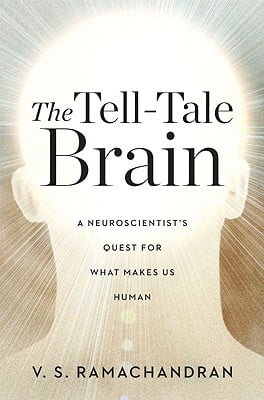
These are cells that mimic the actions of another person as you watch, but are inhibited from executing the action. Early on, the author introduces mirror neurons, which are abundant in human brains. In turn, the brain adapts, often making matters worse. Ramachandran’s argues that the lesions in such patients disrupt specific sites in multi-branching pathways that create mismatches between sensory and motor areas, or between emotional and perceptual areas. The roster of syndromes grows to include language and memory disorders, cases in which a stroke patient denies the existence of a paralyzed limb, a patient recognizes his mother’s face but says she is an impostor, or a patient who believes himself dead. Thus he begins with studies of phantom limbs and synesthesia, most commonly manifest as the condition in which individuals see specific colors associated with numbers or musical notes. Like Oliver Sacks, Ramachandran finds illumination in the analysis of patients with anomalous syndromes. The author suggests that some 150,000 years ago, hominid brains underwent a “phase transition” (like water becoming ice), so that some brain centers expanded and developed new functions, leading to language, aesthetics, consciousness and self-awareness.

of California, San Diego A Brief Tour of Human Consciousness, 2005, etc.) sets his sights on explaining the neuroscience that underlies characteristics he considers unique to humans beings.

Ramachandran (Psychology and Neurosciences/Univ.


 0 kommentar(er)
0 kommentar(er)
